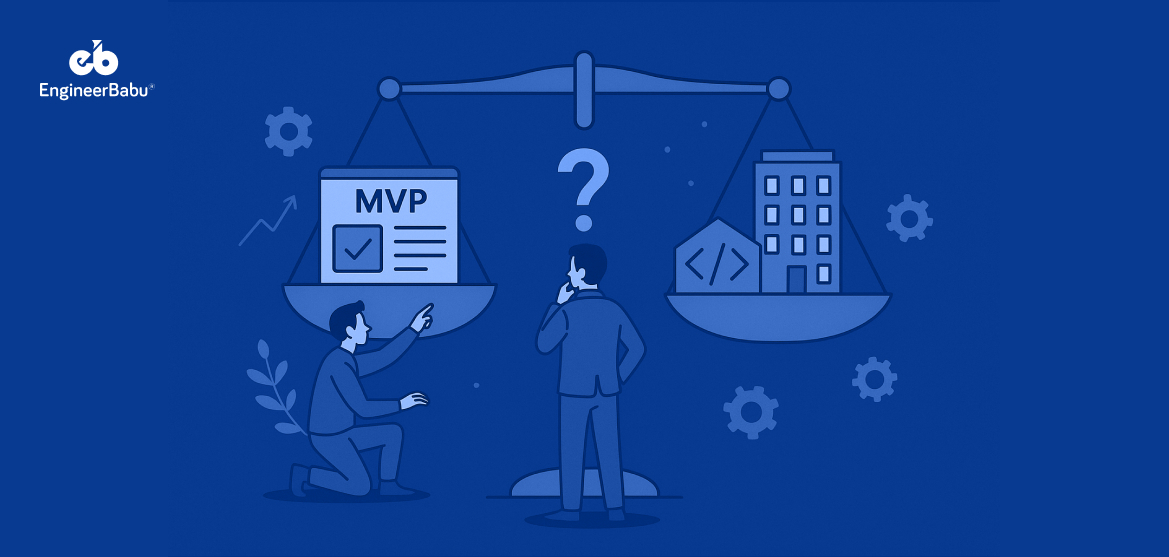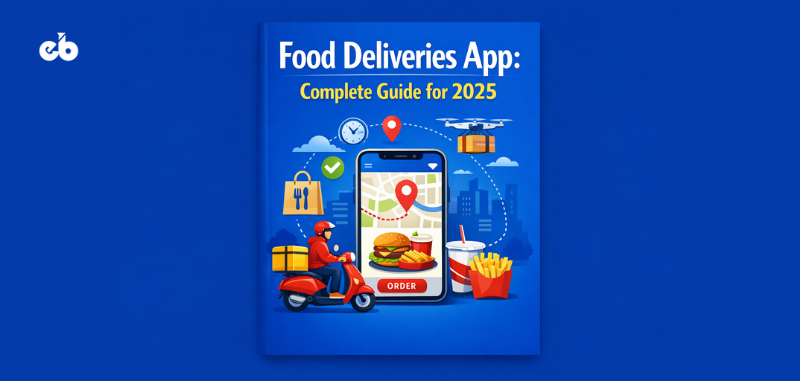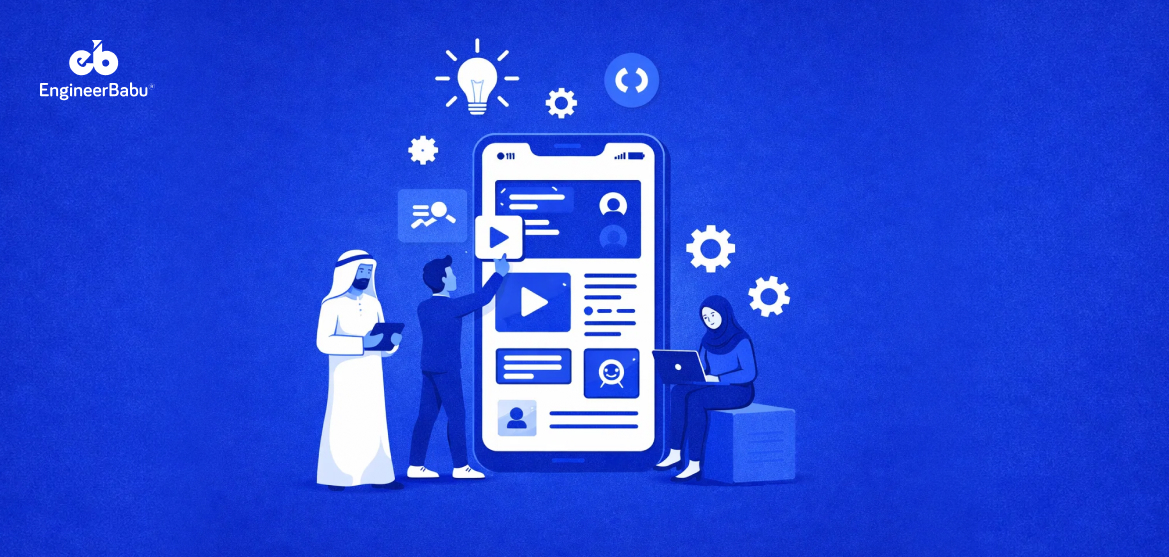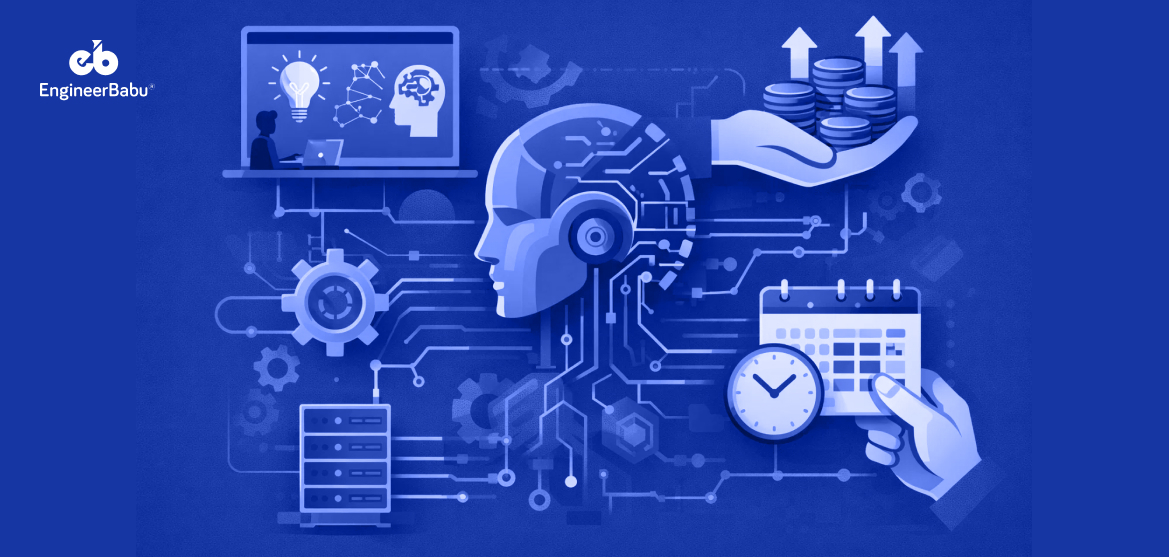You don’t need a 12-month roadmap to test whether your product actually works. That’s the shift modern product teams are embracing. In a world where user needs evolve fast and funding runs even faster, deciding how much to build before launch is just as critical as what to build.
Do you ship a lean MVP in 8 weeks to get feedback early? Or invest in full-scale development with all the bells and whistles from day one?
It’s not a small decision—it can impact everything from time-to-market to your burn rate. And with nearly 70% of startups failing due to premature scaling, getting this choice wrong can cost more than just time.
This blog breaks down both approaches—MVP vs. full-scale development—not just in theory, but in terms of timeline, cost, risk, and best use case. If you’re at that fork in the road, this guide will help you choose the path that aligns with your product goals and market readiness.
Let’s get into it.
MVP vs Full-Scale Development: A Detailed Comparison
Definition
MVP: A Minimum Viable Product is a stripped-down version of your product that includes only the essential features needed to solve the core problem or demonstrate the concept.
Full-Scale Development: This approach delivers a complete version of the product with all planned features, integrations, and production-ready design, built to support real-world scale from day one.
Goal
MVP: The goal is to validate your product idea with minimal investment. It helps you learn what users actually want before committing to a larger build.
Full-Scale Development: The aim is to launch a fully developed, polished solution that’s ready for mass adoption or enterprise use.
Time to Launch
MVP: Typically takes between 8 to 12 weeks, depending on complexity. The focus is on getting to market fast.
Full-Scale Development: Usually requires 6 to 12+ months. Timelines vary based on scope, compliance needs, and integration requirements.
Cost
MVP: Lower upfront cost since development focuses only on core features. Ideal for teams with limited budget or early-stage funding.
Full-Scale Development: Significantly higher initial investment, covering end-to-end features, testing, infrastructure, and compliance.
Scope
MVP: Narrow in scope—usually single-platform, limited features, and basic UI/UX. Just enough to test functionality and gather feedback.
Full-Scale Development: Broad scope including multi-platform support, feature-rich modules, complex user flows, and fully polished UX.
Compliance & Security
MVP: If user data is sensitive (e.g. in healthcare), minimum necessary compliance like HIPAA or GDPR is implemented. However, security may be basic.
Full-Scale Development: Full-scale apps must meet all regulatory requirements with robust security architecture and thorough documentation, especially in regulated industries.
Also Read: How to Build a Fleet Management Software
User Feedback
MVP: Designed to capture feedback early and iterate quickly. You build, measure, and learn in short cycles.
Full-Scale Development: Feedback typically comes post-launch, which means mistakes can be more costly and harder to fix.
Risk Profile
MVP: Lower risk in the early stages. If the product doesn’t gain traction, the loss is minimal.
Full-Scale Development: Higher risk due to longer timelines and higher capital investment without prior validation.
Best Use Case
MVP: Best suited for startups, new product ideas, or internal pilots where the market fit is still uncertain.
Full-Scale Development: Ideal for mature products, well-defined use cases, enterprise applications, or when regulatory pressure requires a complete build from the start.
MVP vs. Full-Scale Development: A Process Comparison
| Aspect | MVP Development | Full-Scale Development |
| Definition | A basic version of the product with core features only | A fully functional product with all intended features and integrations |
| Goal | Validate the idea, get real user feedback | Deliver a complete, scalable solution |
| Time to Launch | 8–12 weeks | 6–12+ months |
| Cost | Lower initial investment | High upfront cost |
| Scope | Limited features, single platform, minimal UI polish | Full feature set, multi-platform, complete design and performance tuning |
| Compliance & Security | Basic safeguards (if MVP touches sensitive data) | End-to-end compliance (e.g., HIPAA, SOC 2, GDPR) |
| User Feedback | Gather feedback quickly and iterate | Feedback comes post-launch, with more at stake |
| Risk Profile | Lower risk, less waste if the idea fails | Higher risk if features are built before validation |
| Best Use Case | New product ideas, pilot tests, lean startups | Mature products, regulated environments, internal systems |
Which One Should You Choose?
Choosing between an MVP and full-scale development isn’t about right or wrong—it’s about timing and context. Here’s how to make that decision:
Choose MVP if:
- You’re testing a new idea or entering a new market.
- Your product concept hasn’t been validated with real users.
- You have a limited budget or tight timeline.
- You want to launch quickly and iterate based on feedback.
- You’re preparing to raise funding and need a working prototype.
Example:
A startup building a patient engagement app with booking and reminders should only leverage MVP development services. The MVP version will be enough to gather user feedback and prove demand before investing further.
Choose Full-Scale Development if:
- You’ve already validated the idea with an MVP or through user research.
- You’re building a product in a highly regulated industry (e.g., healthcare, finance).
- You need advanced features, multiple integrations, or complex workflows from day one.
- You’re ready to scale and need the infrastructure to support growth.
Example:
A hospital building a telemedicine platform with integrated EHR, secure video calls, and insurance APIs needs full-scale development from the start. Compliance, reliability, and scalability aren’t optional.
Conclusion
Whether you choose to launch with an MVP or invest in full-scale development depends on one thing: how much clarity you have about your users, your market, and your product’s core value.
If you’re still validating assumptions, don’t waste six months building features no one asked for. An MVP gets you to market faster, with just enough functionality to learn what works—and what doesn’t.
But if your idea is proven, your roadmap is clear, and compliance is non-negotiable—then full-scale development may be the smarter bet.
Here’s the bottom line:
- Build an MVP to reduce risk and get real feedback.
- Choose full-scale development when you’re ready to scale with confidence.
FAQs
What is the main difference between an MVP and full-scale development?
An MVP is a lean version of the product with only essential features to test the core concept. Full-scale development includes the complete feature set, polished design, full compliance, and scalability, built for long-term use.
How long does it take to build an MVP vs. a full-scale product?
An MVP typically takes 8–12 weeks, depending on complexity. Full-scale development can take 6–12 months or more, especially if you’re building for a regulated industry or integrating with third-party systems.
Is an MVP always the right first step?
No. While MVPs are ideal for testing new ideas and reducing risk, they’re not suitable for every case. If your product must meet strict compliance from day one or serve a large enterprise use case, you may need full-scale development upfront.
Can I start with an MVP and upgrade to a full-scale version later?
Yes, that’s a common and effective approach. Start with a lean version to validate the idea, gather feedback, and then scale based on real user needs. Just make sure your MVP is built with scalability in mind to avoid major rewrites.
How can EngineerBabu help me decide between MVP and full-scale development?
EngineerBabu specializes in building both MVPs and enterprise-grade products, especially healthtech and Fintech MVPs. Our team helps you assess your goals, budget, and compliance needs to create a tailored development strategy that gets your product to market with clarity and speed.




